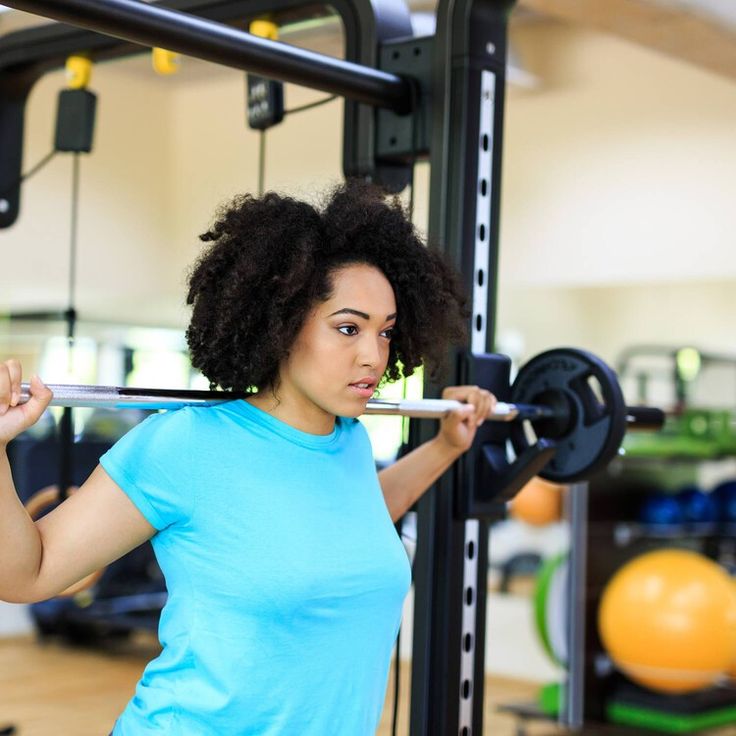
Longevity Fitness Routine, Let me share with you, Bob, my neighbor. Bob is 74 and moves every single day even though he does not run marathons or deadlift twice his body weight. He stretches before bed, walks in the morning, and performs some bodyweight squats while waiting for his coffee to boil. His actions are not extreme; they are simply small, regular ones.
And what would you guess? Bob is prospering. His doctor reports his bone density looks fantastic, he’s sharper than many individuals half his age, and he has the drive to pursue his grandkids.
Bob is living evidence of what science tells us: longevity has nothing to do with very demanding fitness standards. It’s about staying involved with life, keeping strength, and frequent mobility.
How, then, should we be training for a long, healthy life? Let us dissect it using sensible, scientifically supported techniques meant for the aging body.
Not only for bodybuilders, strength training is among the best strategies to combat aging. Naturally losing muscle mass as we age, this process known as sarcopenia causes weakness, poor posture, and a slower metabolism. Strength training combats this by
Creating and preserving muscle: Maintaining your strength and preventing muscular loss.
Increasing metabolism: More muscle indicates that, at rest, you burn more calories.
Preserving bone: Integrity raises bone density, therefore lowering the osteoporosis risk.
Enhancing joint condition: Improves the muscles surrounding joints, therefore lowering pain and stiffness.
Improving lifespan: Stronger people typically lead longer, better lives, according to studies.

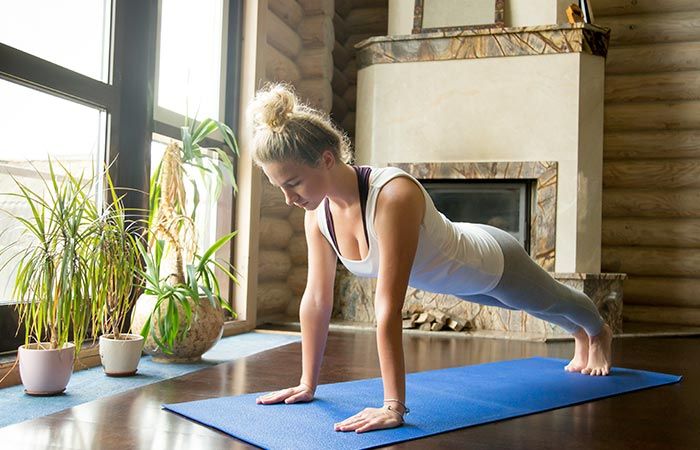
Moving free from discomfort depends mostly on mobility and flexibility. Even simple chores like bending down, reaching upwards, or stair climbing can become challenging without appropriate mobility.
Dynamic stretching: prior to exercise: arm circles, hip openers, leg swings.
After workouts: Do static stretching: fifteen to thirty seconds for holding stretches.
Rolling foam: helps relieve tight muscles and boost circulation.
Yoga or movement exercises: Perfect for keeping balance and flexibility.
Longevity Fitness Routine, Cardiovascular exercise increases lung and heart strength, therefore boosting general endurance and lowering heart disease risk.
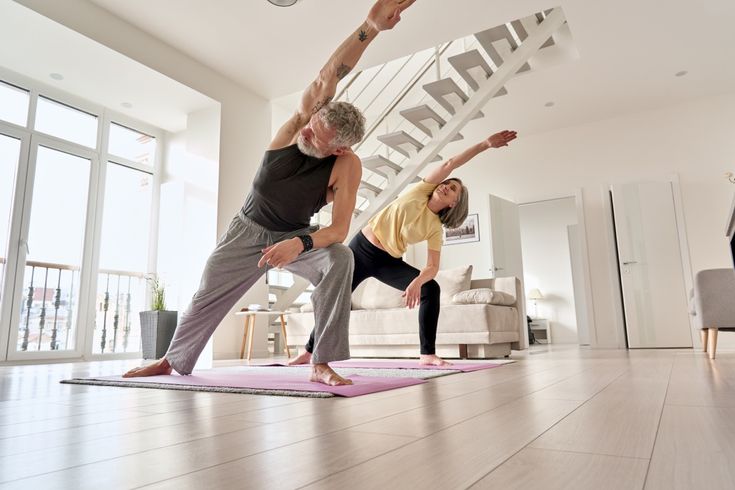
Low-impact: Walking, swimming, cycling.
Strengths: Running, jumping rope, and HIIT (high-intensity interval training).
Fun Alternatives: Dancing, hiking, or perhaps sports.
Advised: Either 75 minutes of strenuous exercise or 150 minutes of moderate-intensity cardio each week.

Longevity Fitness Routine, Though it’s not commonly discussed, balance is essential for maintaining your independence as you become older. Bad balance raises the chance of falls, which could cause major injuries or fractures.
Single-leg stands: For thirty seconds, stand on one leg.
Walk from heel to toe: Straightforward walk, one foot in front of the other.
Yoga or tai chi: Very beneficial for coordination and steadiness.
Employ balancing instruments: One additional challenge can come from Bosu balls or wobbling boards.
Longevity Fitness Routine, Just as vital as exercise is recovery. Your body cannot rebuild muscle, replenish energy, or stop damage without enough sleep.
Sleep: For best muscle recovery and hormone control, try to get 7 to 9 hours every night.
Motion: Water lubricates joints, helps eliminate pollutants, and carries nutrients.
Rest Days: You need time to heal. Overtraining can cause injuries and tiredness.
Active rehabilitation: Light exercises include yoga, stretching, or walking to help speed up healing.
Diet: Good fats and enough protein help muscles recuperate and boost energy levels.
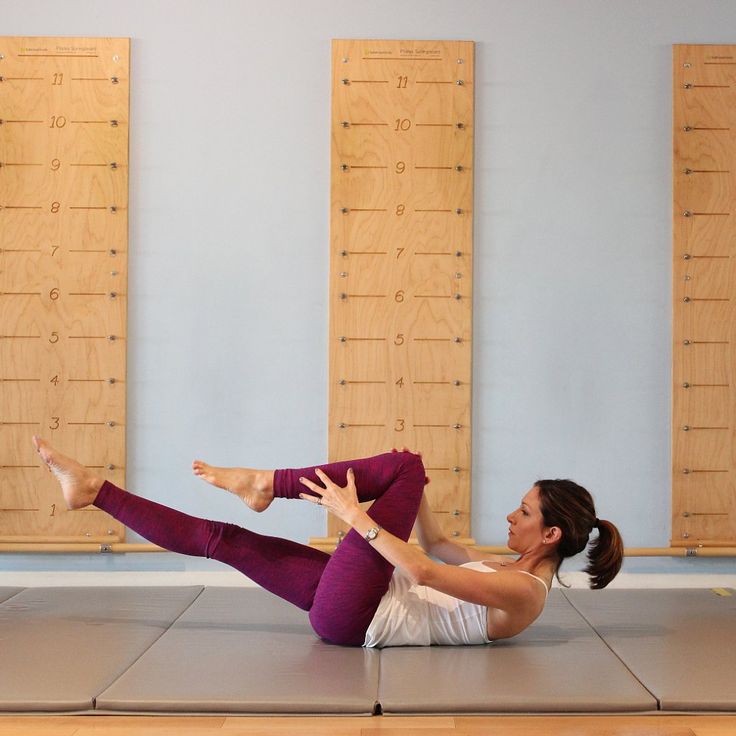
Physical health is only one factor; a long, happy life depends much on keeping your mind bright and socially active. Research indicates that participating in cognitive and social events lowers the risk of dementia, depression, and even heart disease.
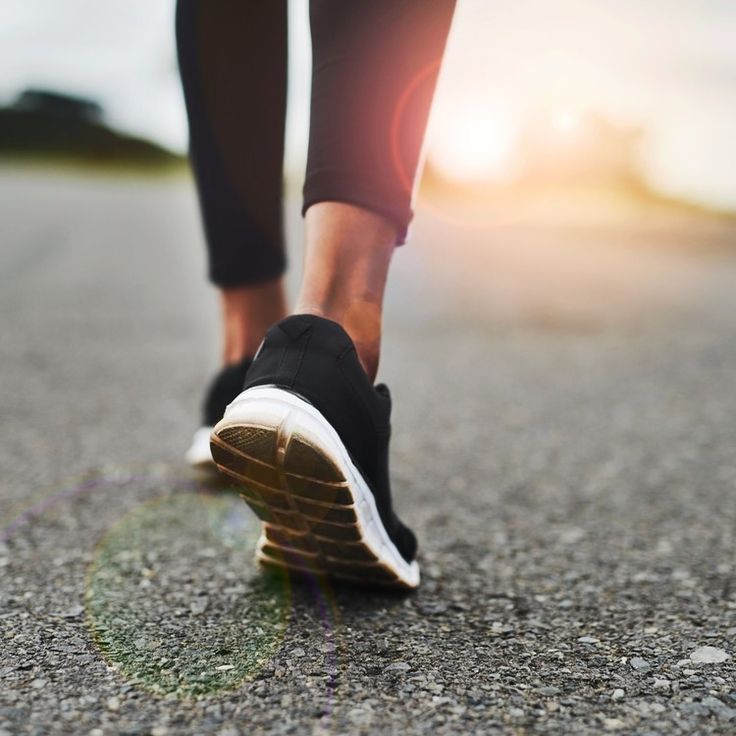
Exercise by itself won’t keep you vibrant; you also need to feed your body the proper nutrition. A balanced diet supports brain function, helps preserve muscle, lowers inflammation, and so promotes a longer, healthier life.
Proteutics: supports lean meats, fish, eggs, and beans, muscle maintenance and repair.
Good fats: To maintain the brain and heart, eat avocados, almonds, olive oil, and fatty seafood.
Fiber: Supports heart health and digestion (vegetables, fruits, whole grains, legumes).
Hydration: Aim for at least eight cups daily; water keeps joints lubricated and helps digestion.
Antioxidants: Help prevent oxidative stress and inflammation by including dark chocolate, leafy greens, and berries.
If you remove one thing from this, let it be that movement is medication. To keep strong and healthy as you age, you don’t have to do CrossFit or train like an Olympian. Just go regularly, develop strength, test your balance, and tend to your recovery.
Like Bob, small, consistent habits gradually accumulate over time. And science agrees, these routines give life to your years rather than merely extending them into your life.
Go stretch, stroll, or perform a set of squats now; your future self will appreciate it.
